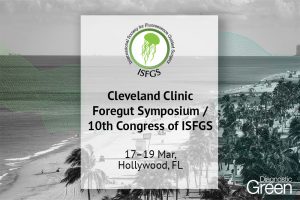The aim of this study was to quantify Fluorescence angiography with indocyanine green (ICG) in colorectal cancer anastomosis, determine influential factors in its temporary intensity and pattern, assessing the ability to predict the AL, and setting the cut-off levels to establish high- or low-risk groups. Retrospective analysis of prospectively managed database, including 70 patients who underwent elective surgery for colorectal cancer in which performing a primary anastomosis was in primary plan. In all of them, ICG fluorescence angiography was performed as usual clinical practice with VisionSense™ VS Iridium (Medtronic, Mansfield, MA, USA), in Elevision™ IR Platform (Medtronic, Mansfield, MA, USA). Results: A statistical relationship was found between AL and the lower Fpos and Slope. The decision of changing the subjectively decided point of division did not demonstrate statistical difference on the further development of AL. All parameters were analyzed to detect the cut-off related with AL. Only in case of Fpos lower than 158.3 U and Slope lower than 13.1 U/s p-value were significant. The most valuable diagnostic parameter after risk stratification was the Negative Predictive Value.
Conclusion: Quantitative analysis of ICG fluorescence in colorectal surgery is safe and feasible to stratify risk of AL. Hypertension and location of anastomosis influence the intensity of fluorescence at the point of section. A change of division place should be considered to avoid AL related to vascular reasons when intensities of fluorescence at the point of section is lower than 169 U or slopes lower than 14.4 U/s.




